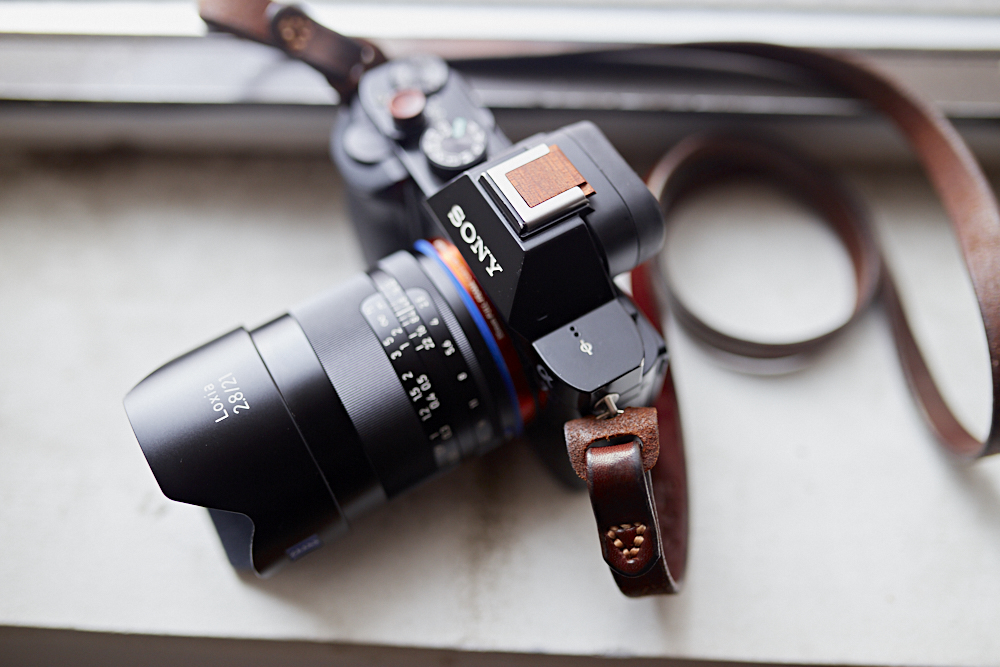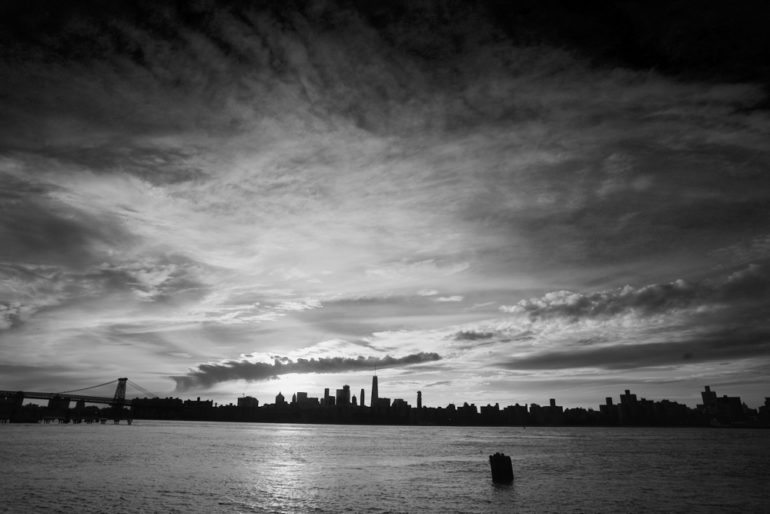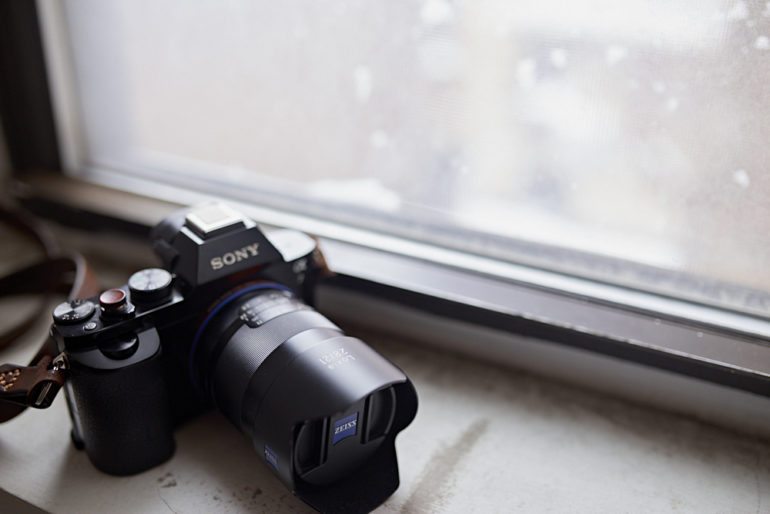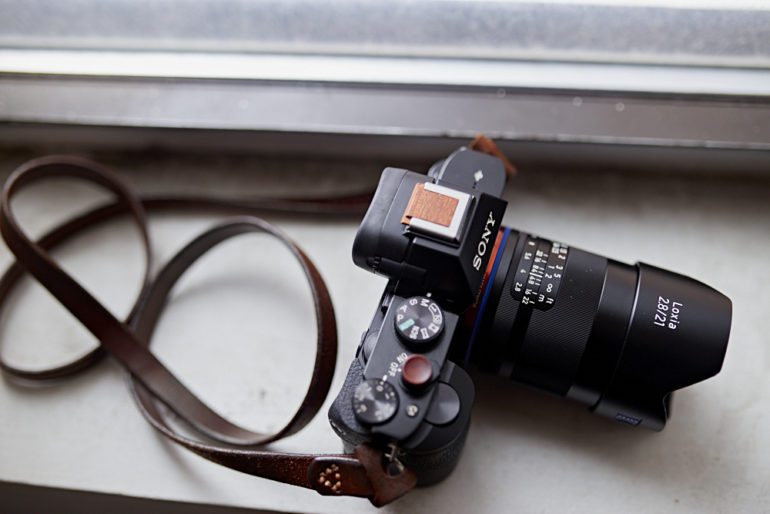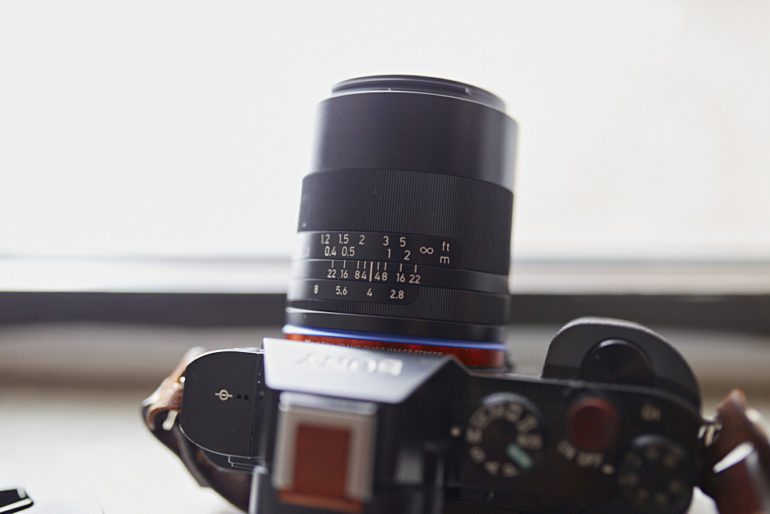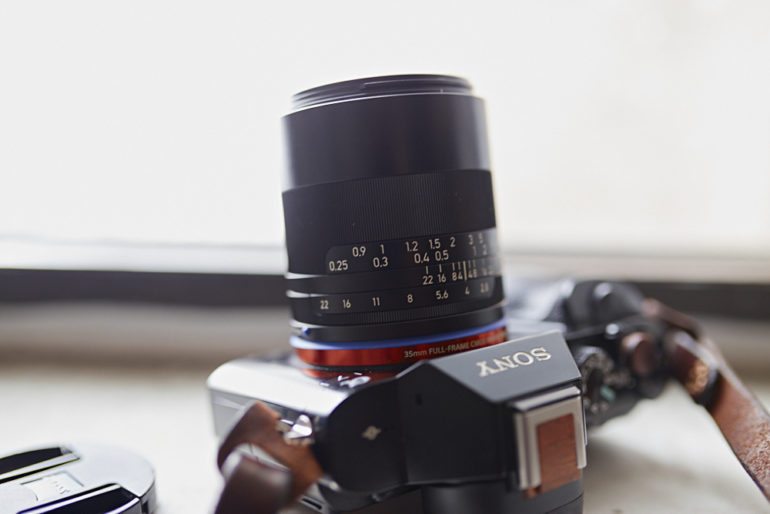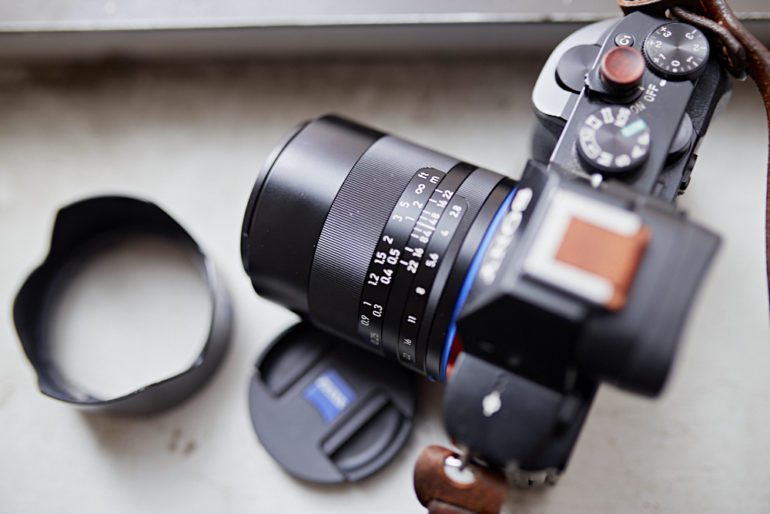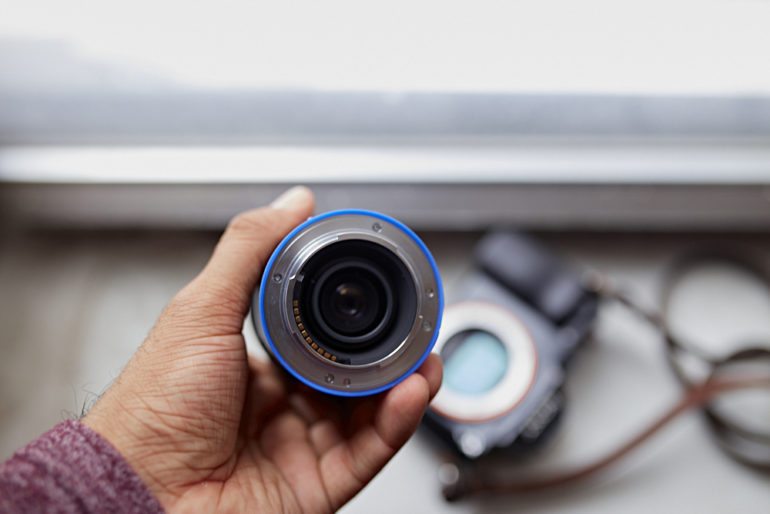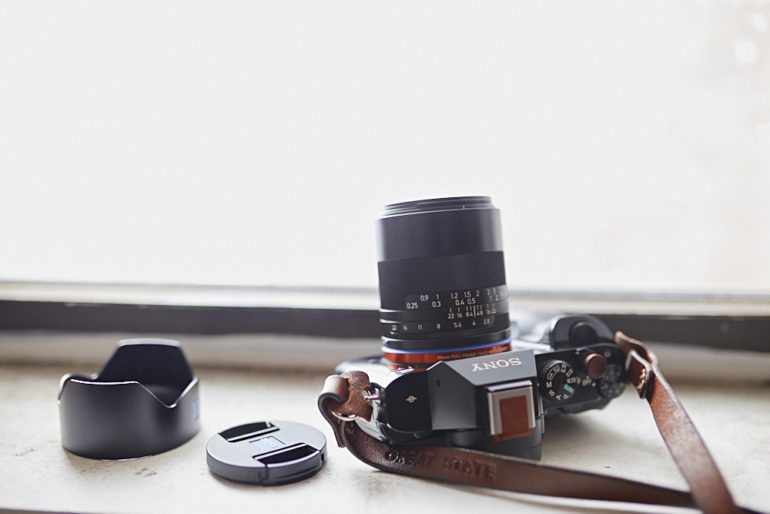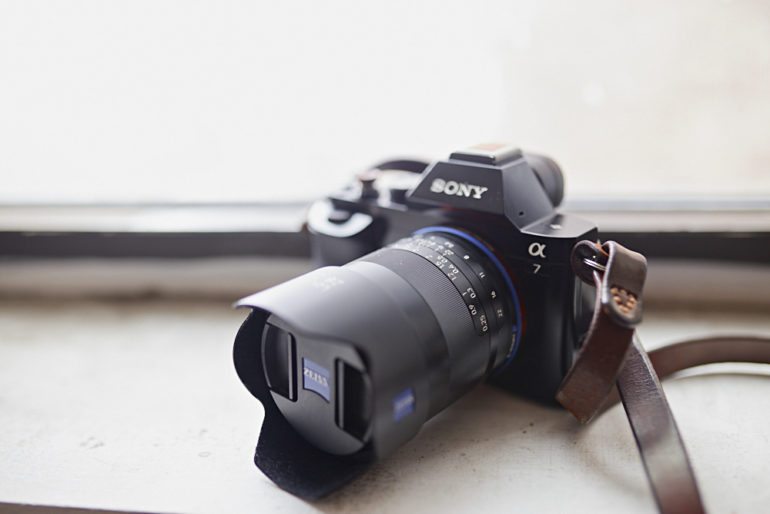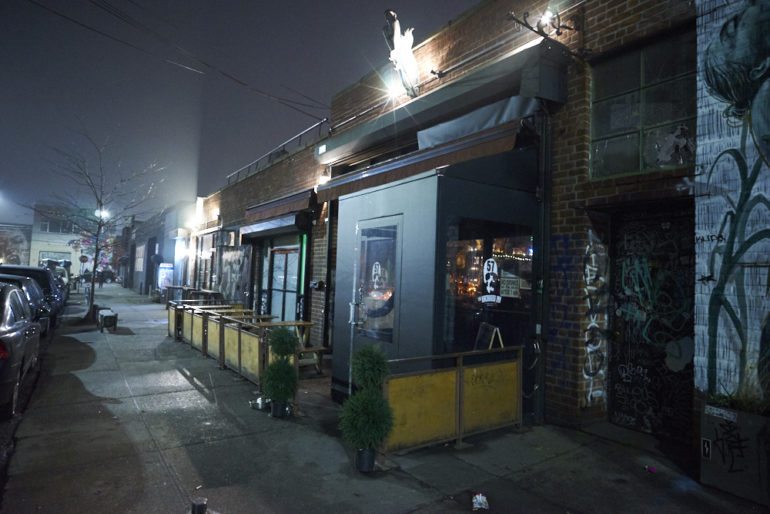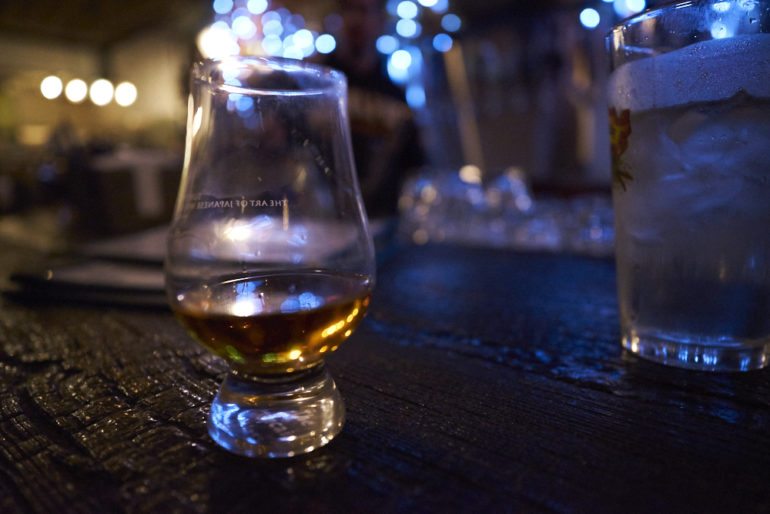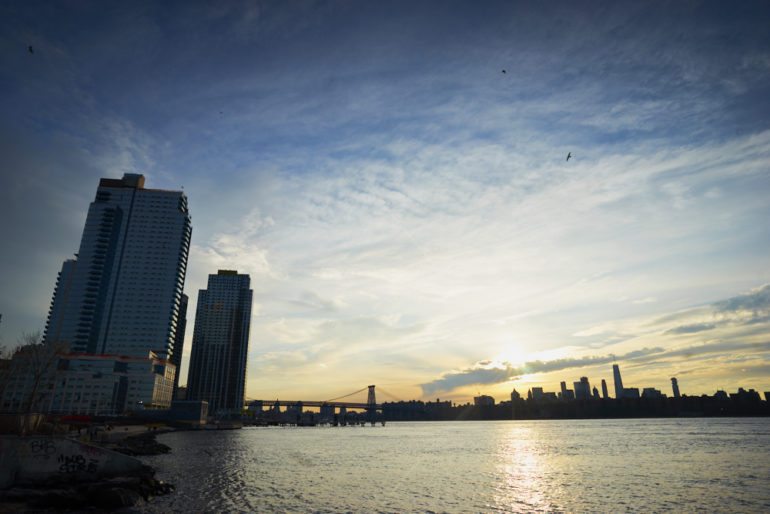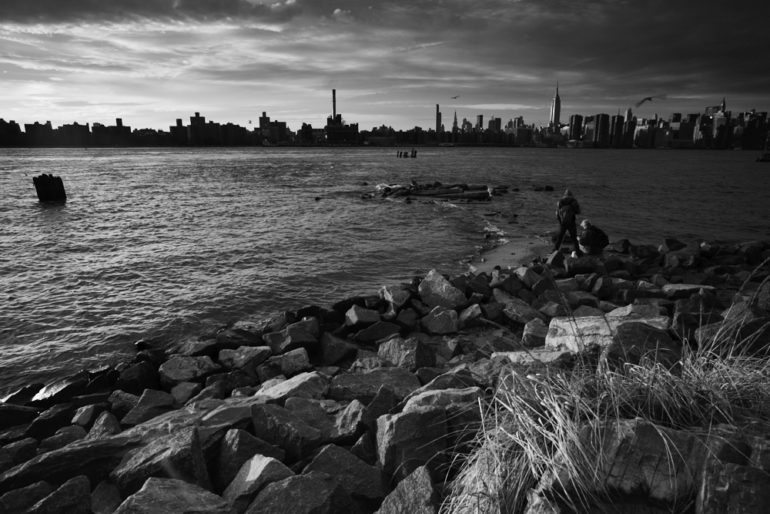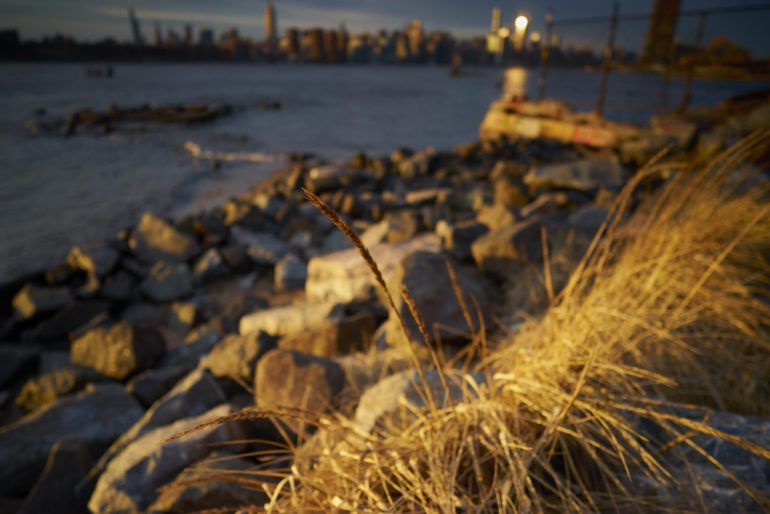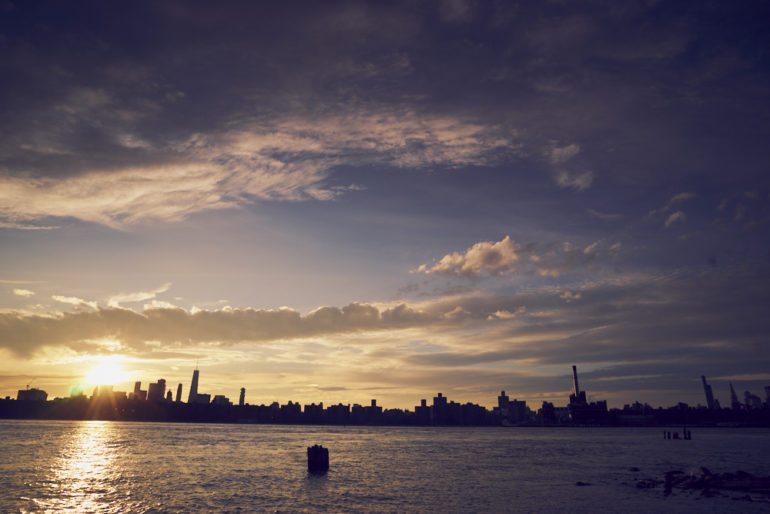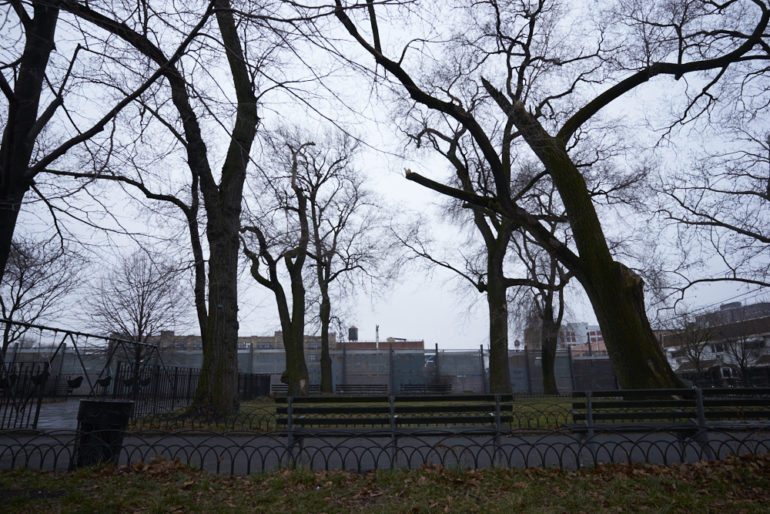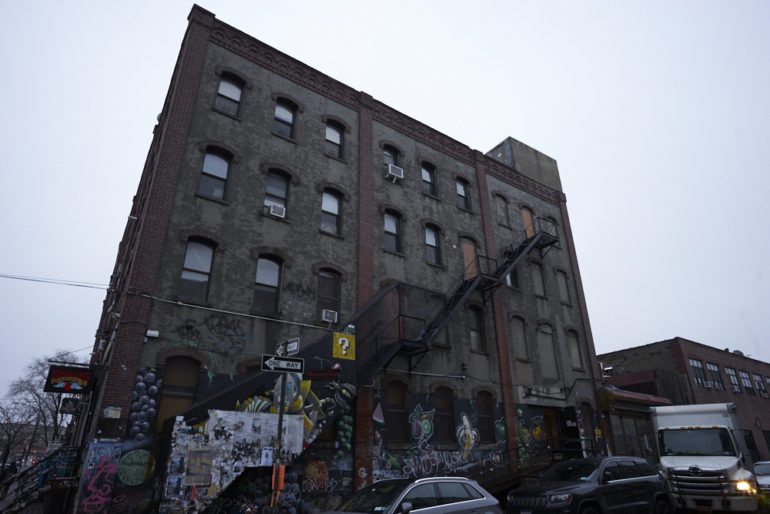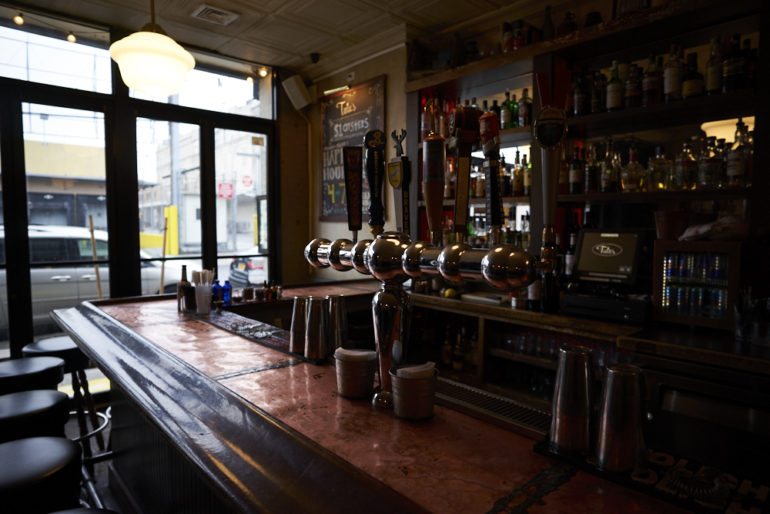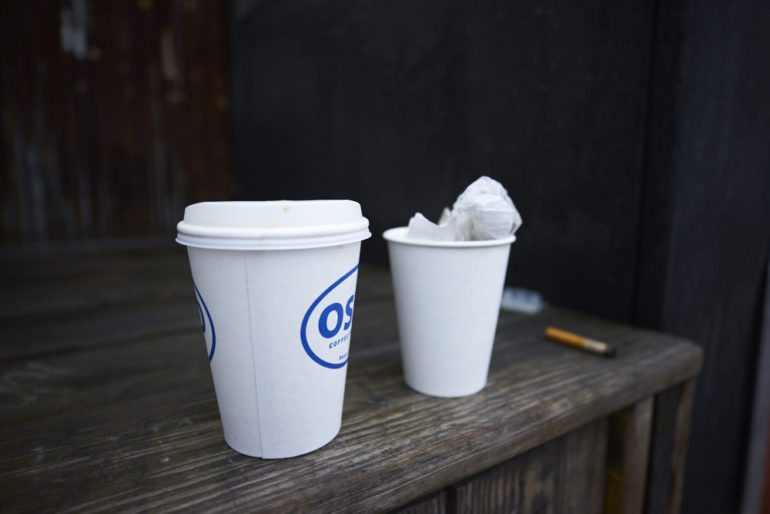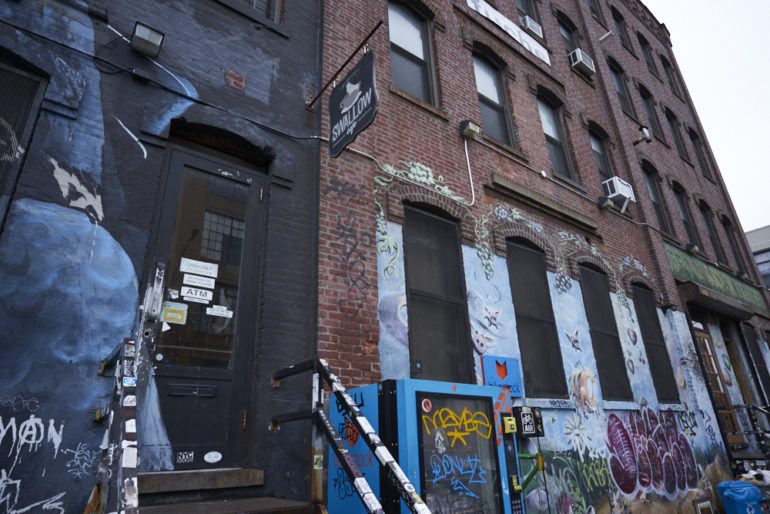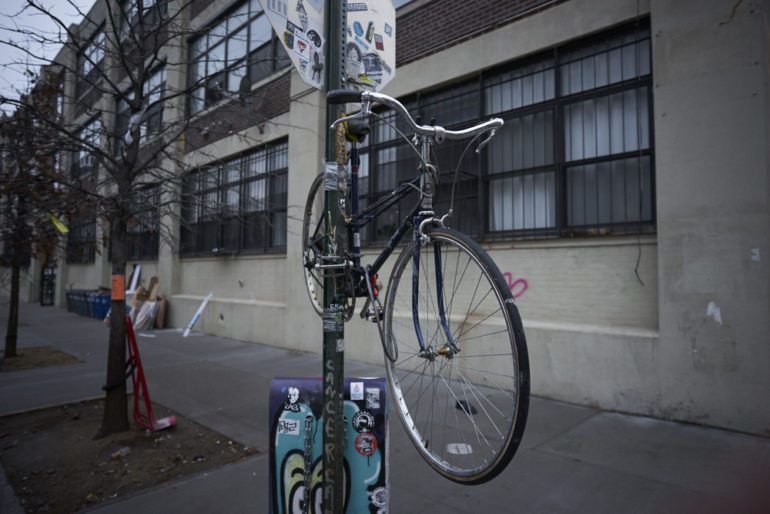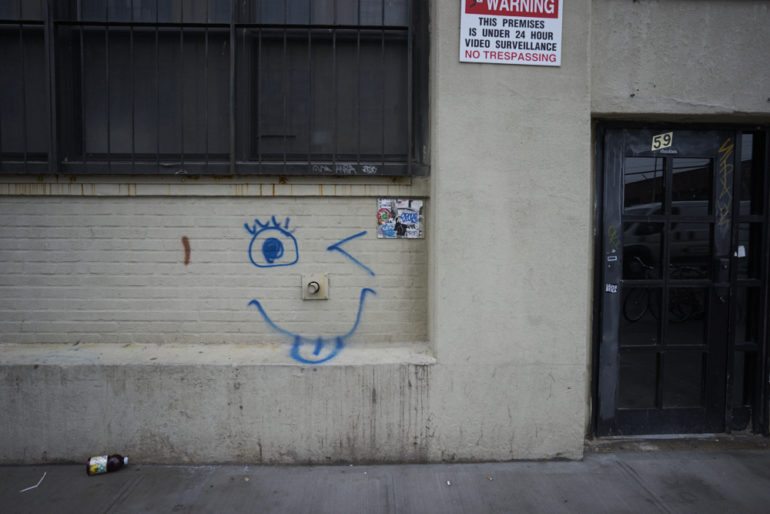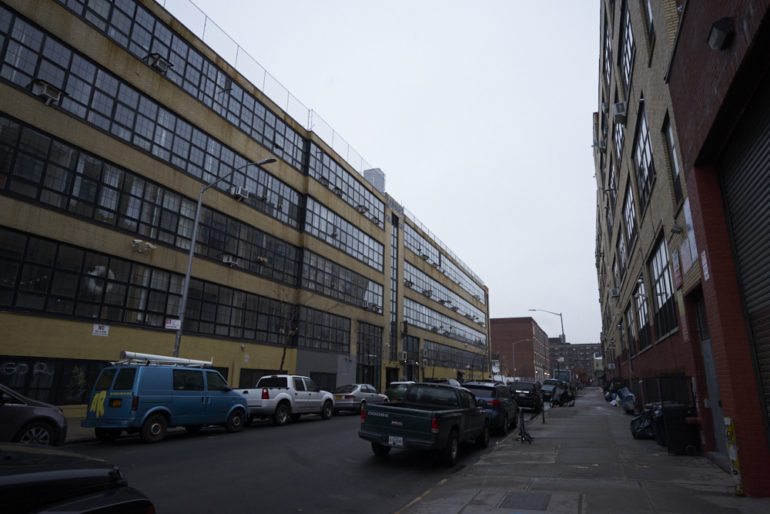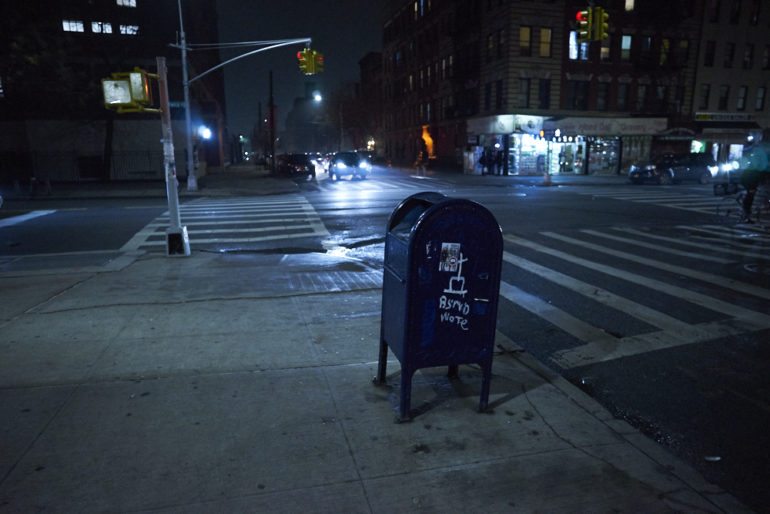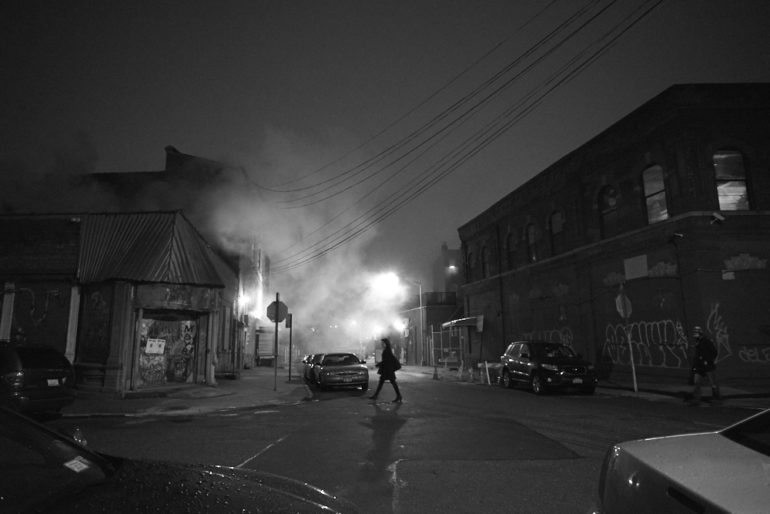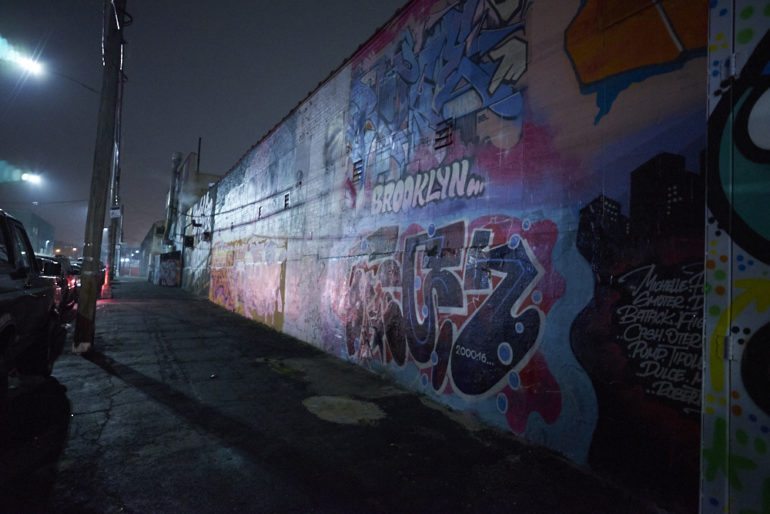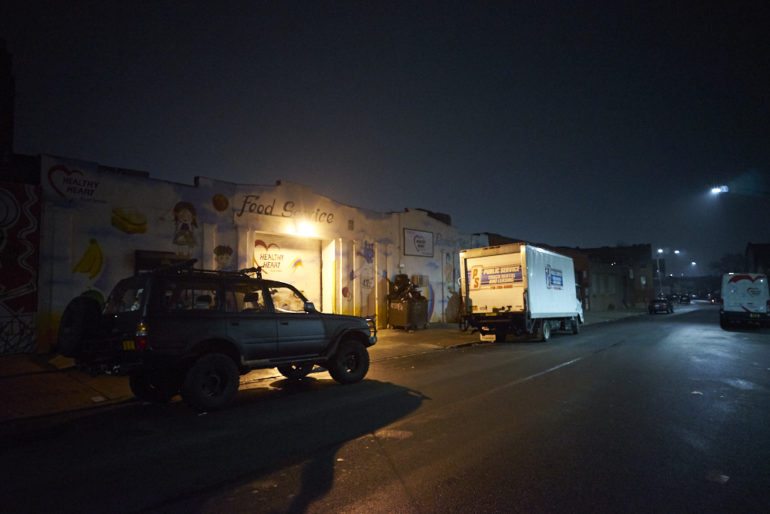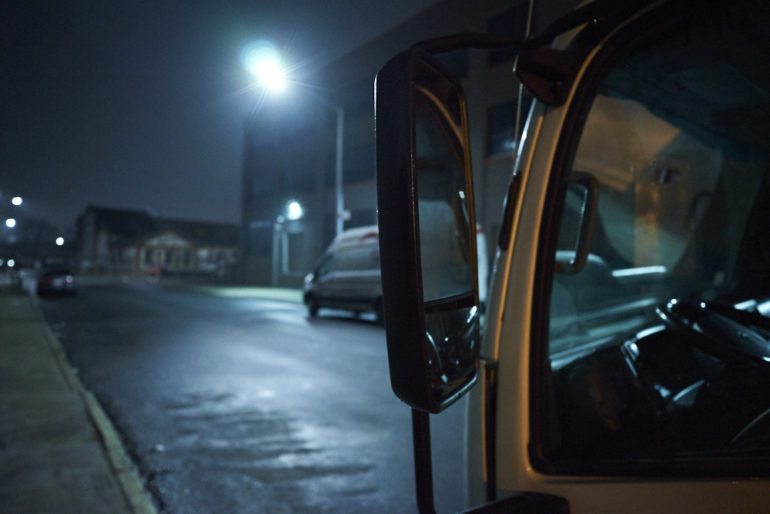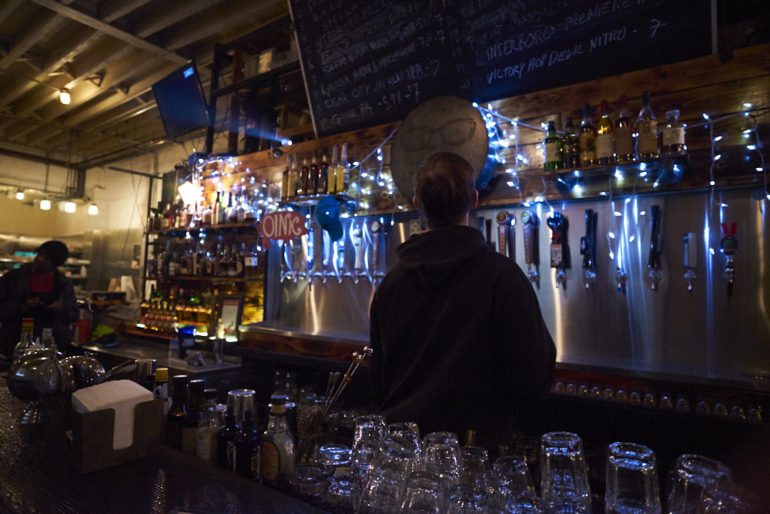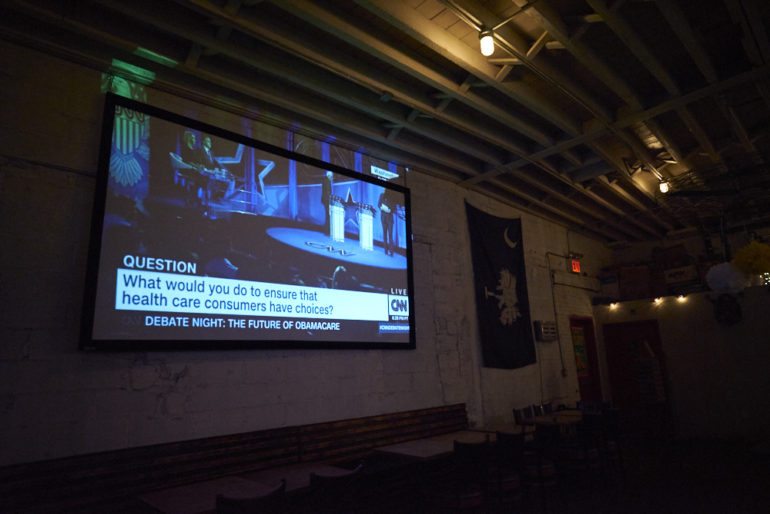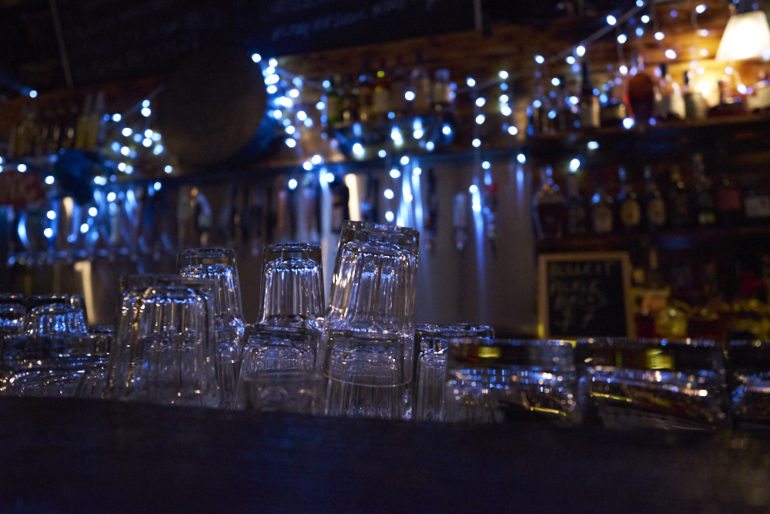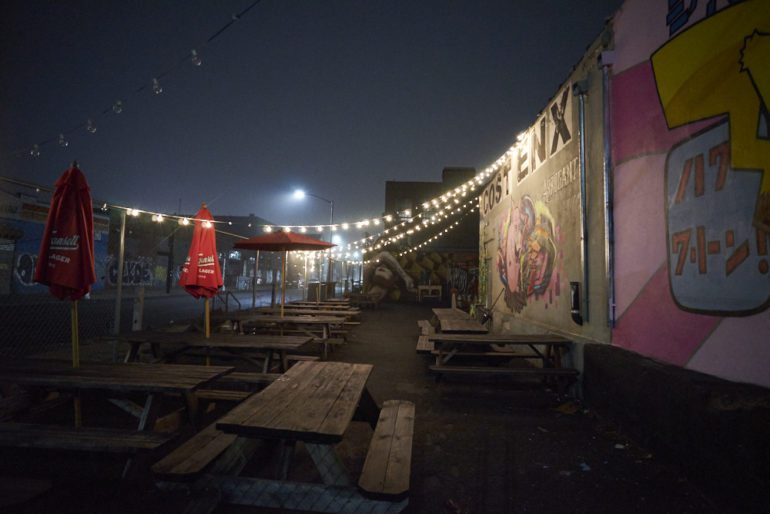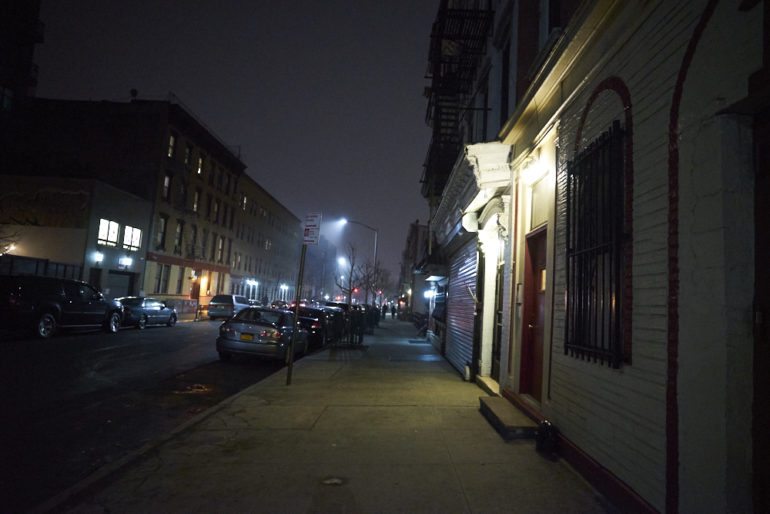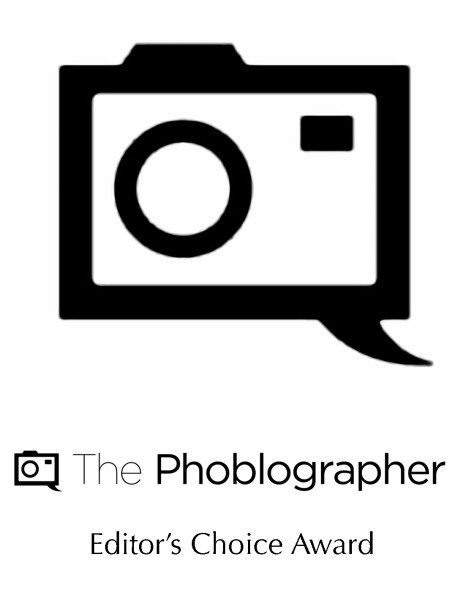Last Updated on 01/30/2023 by Chris Gampat
Editor’s Update January 2023: Zeiss Loxia lenses have a big problem involving the apertures changing without the photographer manipulating the lens. It causes various usability problems including being taken out of the focus magnification mode. Zeiss has been told about this problem for a long time and haven’t offered a fix. And so we’re reasoning that since they’ve mostly moved out of the photo industry, these lenses will eventually become faulty. We can’t recommend that consumer buy them.
The first time I handled the Zeiss Loxia lenses I didn’t truly understand them considering they also have the Batis lineup. But after using the Zeiss 21mm f2.8 Loxia lens I’ve begun to understand it a bit more. Think about the system as a Leica M camera: you’ve got small, high quality glass that is manual focus and well built with great image quality. That’s what the Loxia lineup is, and considering what the Zeiss 21mm f2.8 Loxia lens is capable of there is very little to complain about aside from the price point.
To be fair though, I’ve always had an infatuation with manual focus lenses. Working with them feels more like you’re working for and creating a photo, rather than pressing a button and telling a camera to follow an algorithm to focus on an area. Your mind then puts more into it. You try to figure out what’s exactly in focus, if you want that thing in focus, if you like your composition, etc. It’s a slow and rewarding process–it’s synonymous with building a fire. You get a spark going which turns into an ember and you slowly and carefully feed that fire until it’s built into something larger and larger over time. If you’re smart, then you use a cotton ball dabbed in petroleum jelly as a slow burning match which then helps along with the rest of the fire making process.
And in the whole comparison: the fire is the image you’re working on getting perfect until it becomes so brilliant that everyone and everything flocks to it.
Pros and Cons
Pros
- Weather sealing
- Smooth focusing but not too smooth to prevent you from focusing quickly
- The option to have a clickless aperture
- One of the best lenses to work with Sony’s focus peaking
- Solid image quality
- Small size
- Makes your Sony A7 series camera seem like an old school SLR in some ways.
Cons
- Expensive
Gear Used
We reviewed the Zeiss 21mm f2.8 Loxia lens with the Sony a7 and the Adorama Flashpoint Zoom Lion flash.
Tech Specs
Specs taken from our original news post
Technical data ZEISS Loxia 2.8/21
| Focal length | 21 mm | |
| Aperture range | f/2.8 – f/22 | |
| Lens elements/groups | 11 / 9 | |
| Focusing range | 0.25 m (9.84”) – infinity | |
| Working distance | 0.16 m (6.30”) – infinity | |
| Image field** (diag. / horiz. / vert.) | 91° / 81° / 59° | |
| Object field at minimum working distance** | 281 mm x 187 mm (11.06 x 7.36“) | |
| Image ratio at MOD | 1 : 7.81 | |
| Rotation angle of focus ring (inf – MOD) | 90° | |
| Filter thread | M52 x 0.75 | |
| Diameter (max.) | 62.1 mm (2.44“) | |
| Diameter of the focusing ring | 62.1 mm (2.44“) | |
| Length (without lens caps) | 72.0 mm (2.83“) | |
| Length (with lens caps) | 85 mm (3.35“) | |
| Weight | 394 g (13.54 oz) | |
| Camera mounts | E-mount | |
Ergonomics
The Zeiss 21mmm f2.8 Loxia lens is a small, compact lens really designed for the photographer who wants to keep their kits compact while not at all sacrificing image quality. And of any of the major brand manufacturers, they’re doing the best job out there. The lens itself is made of metal, and for users of manual focus glass a lot of it will seem very familiar.
Comprising most of the ergonomic build is arguably the two major rings: these control the aperture and the focusing. They’re metal and grooved–which is against much of what Zeiss typically does with their lenses these days and has been doing since the launch of the Touit lineup.
The lens has an effective depth of field scale that works well for all intents and purposes. It’s all nicely placed as well, with the white contrasting a lot from the black metal.
As you can also see, the focus throw isn’t that large so you don’t have to sit there cranking away on this lens until you get what you want in focus. At the same time though, it’s easy to fine tune your focusing at will.
Build Quality
The Zeiss Loxia lineup of lenses are made of metal and they all have weather sealing. The Zeiss 21mmm f2.8 Loxia is no exception to this rule. It’s built very solid and feels good in your hands. The grooved rings aren’t too cold to the touch either despite what users have said about Zeiss lenses.
Here’s one of the best parts of the Zeiss 21mmm f2.8 Loxia lens–it’s weather sealed (and trust me, Sony cameras NEED to work with weather sealed lenses in tough rain or snow). The combo was taken out into the rain during our testing and survived with no problems.
Ease of Use
The Zeiss 21mmm f2.8 Loxia isn’t the simplest lens to use for most people. It’s useless to put the camera in program mode because there is no automatic control over the aperture. However, you can have a lot of fun with it if you’re using it as a careful and deliberate image making device.
With all this said though, I’d really only regulate a lens like this to the more advanced photographers and those that know a thing or two about zone and manual focusing. It’s a much different thought process than autofocus allows.
Trust me, if you use it for a while you’ll agree.
Focusing
This lens is manually focused and, when coupled with Sony’s focus peaking and magnification, you’ll get great results. Other Loxia lenses I haven’t felt are the best when it comes to focusing with the cameras but this one does a great job perhaps due to its wide angle nature. With wide angle lenses, it’s just easier to get anything in focus.
Image Quality
As with anything from Zeiss, you have to expect solid image quality. That’s exactly what you get from the Zeiss 21mmm f2.8 Loxia lens. For what it’s worth, the rendition of colors isn’t really like many of the other Zeiss lenses out there. It has character, but it’s less uber-saturated and more standard. There isn’t a whole lot of micro contrast either–instead what you’re getting is pure pixel for pixel sharpness from good old solid glass.
No tricks here folks!
Bokeh
Luckily, this lens can focus very close. So if you’re shooting something just for funsies, you can get beautiful bokeh. There’s a fine line between hazy and creamy here but, overall, I’m very pleased with the bokeh from this lens.
Color Rendition
The colors, as stated earlier, aren’t hyper saturated the way you’re used to seeing with Zeiss lenses. But when you combine this with Sony’s general color output, you get something a bit more Nikon and Canon-like when it comes to color output (though being more on the colder side of the spectrum). If you’re a landscape photographer, you’re going to appreciate this.
Chromatic Aberration
In our tests, I couldn’t find any sort of issues with fringing–which you should all be happy about. Capture One 10 doesn’t yet have a distortion profile for this lens as of the time I am testing it, but in general there isn’t a whole lot of distortion. The distortion there is acceptable.
Sharpness
Also stated earlier, this lens is just simply sharp. It’s sharpest at f8 though I personally prefer f4 or f5.6 as my general favorite spots. Again, it’s also probably not the sharpness you’re used to. This lens is actually sharp as opposed to perceived sharpness–which has to do with micro-contrast, saturation, and how it renders blacks to make them deeper, therefore making the lens appear sharper than it is.
Extra Image Samples
Conclusions
Likes
- An almost classic look to the image quality
- Sharp
- Compact
- Weather sealed
Dislikes
- Price point; it’s pricey.
If you were to go for any wide angle prime that is weather sealed and available for the Sony a7 series of cameras, I would without a double recommend the Zeiss 21mm f2.8 Loxia lens. It’s small, weather sealed, sharp, and has great image quality. Seriously, there simply isn’t a single bad thing I can say about this lens. Landscape and most photographers shooting this wide don’t truly NEED autofocus all the time. So it works perfectly.
The Zeiss 21mm f2.8 Loxia wins five out of five stars. Want one? Check out Amazon for the latest prices.


